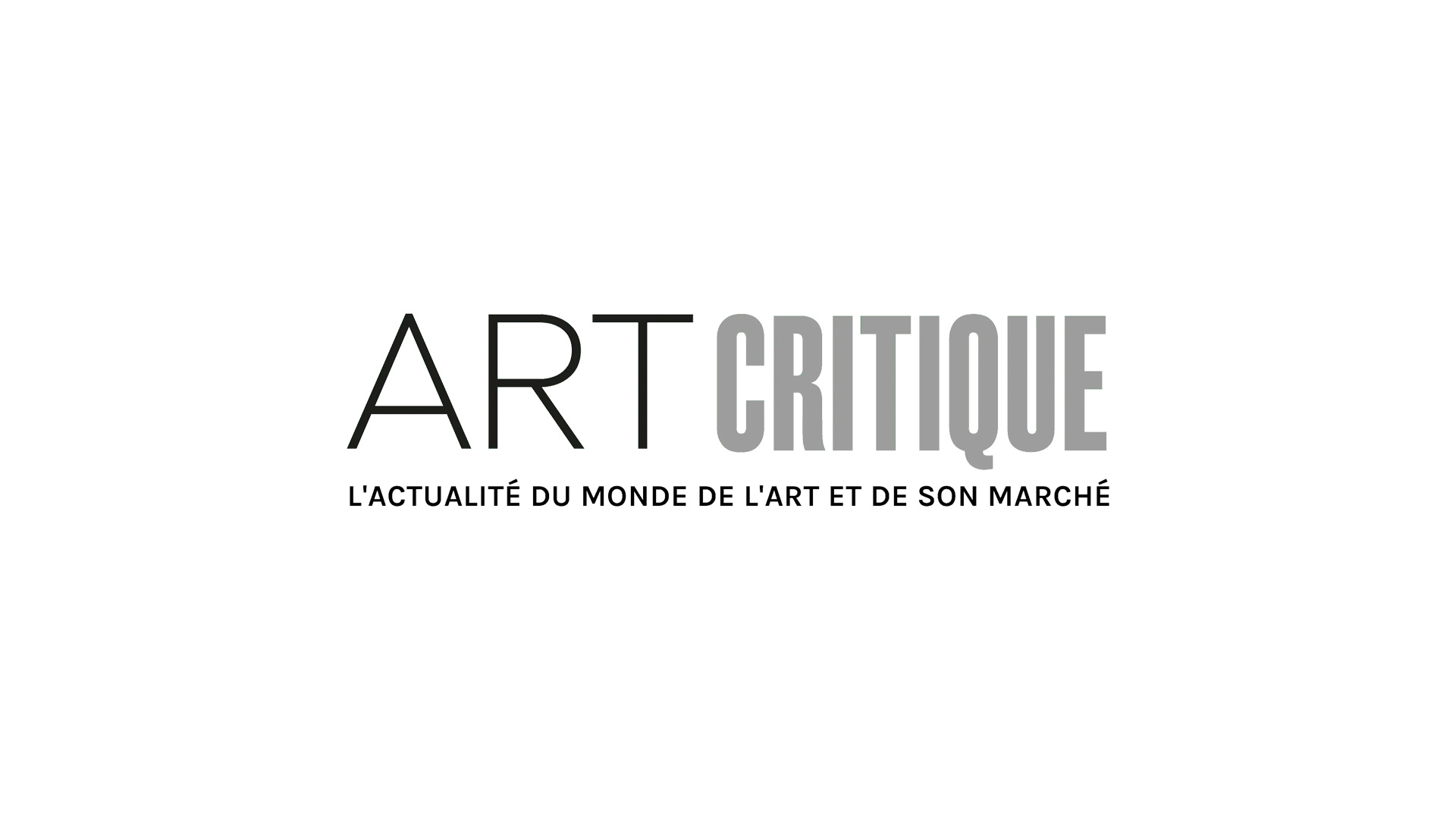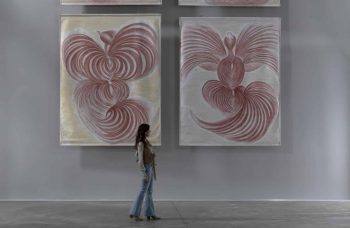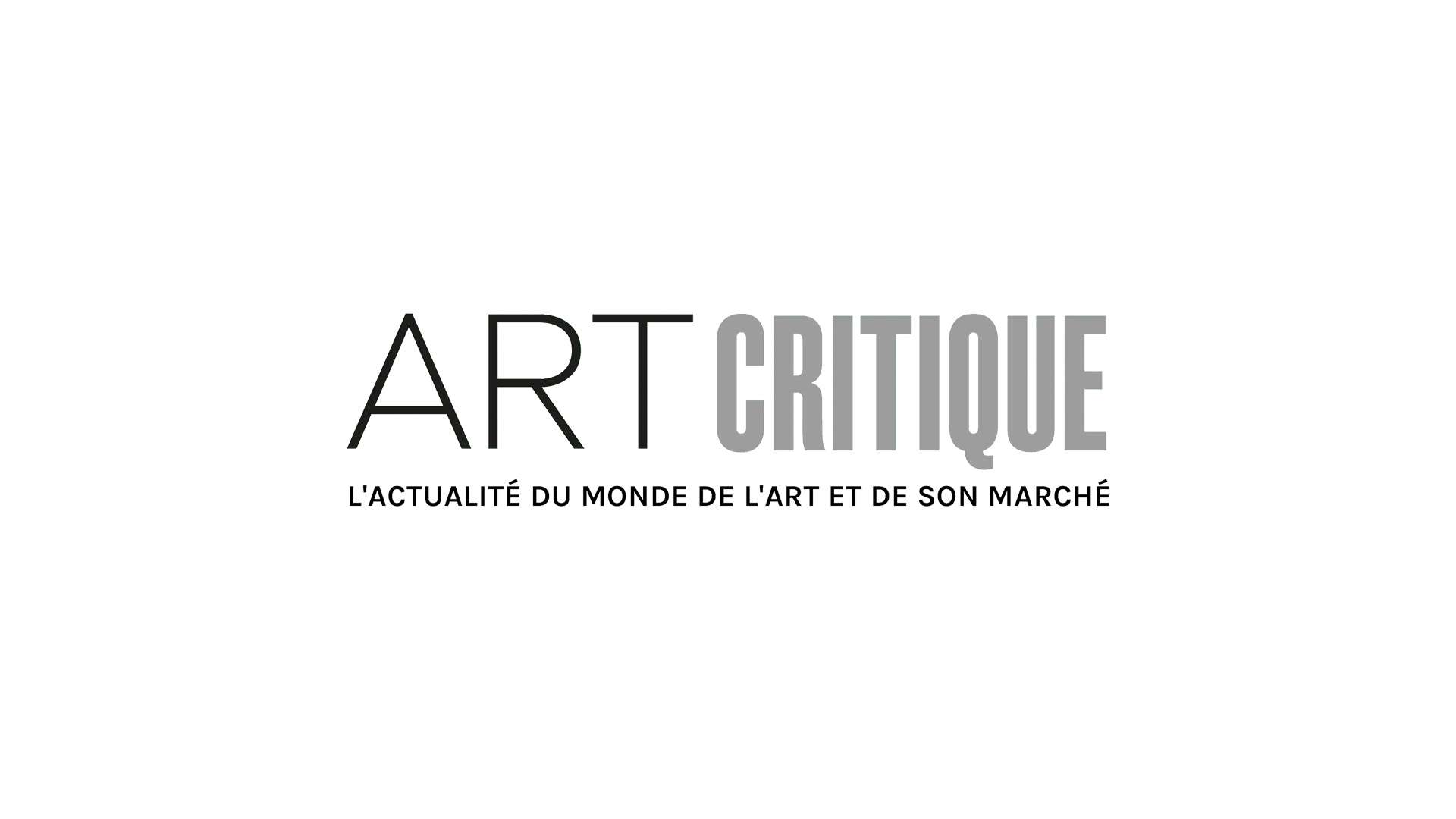Purpose of this lesson:
Entering a new decade means entering into a new, exciting time. If you take a second to think about it, each decade of your life has brought on incredible new things, there have been times of uncertainty and prosperity, and as the 2020s are ushered in, it can be exciting, or worrisome, depending on your perspective, of where we will be in another 10 years. Before we get too far into 2020, though, taking a look back at the 1920s, the Roaring Twenties, the time of Fitzgerald’s Gatsby himself, to see what the art world looked like then. Thus, this lesson will focus on Art Deco, a movement that has become synonymous with the 1920s and has continued to influence the design world, artists, and architects, alike, not to mention those who like to ponder about what life would be like as a flapper in a New York speakeasy. During this lesson, we will focus on the history of Art Deco and its lasting legacy in architecture and art.
This lesson is best for secondary or high school level students. It can be used in both studio and art history classes.

Getting Started:
1) Get students thinking about the 1920s and the Art Deco style by asking questions that will prompt a discussion. Start a list on the chalkboard of the things students say. Such questions might include:
- What comes to mind when you think of the 1920s?
- What aesthetic styles come to mind when you think of the 1920s? **Listing these in a group will be helpful moving forward as you’ll discuss typical Art Deco themes during the lesson.**
- Do you think of Art Deco more for traditional artworks, i.e. sculptures, paintings, etc., or for architectural works?
- Do you know any artists, architects, artworks, or buildings that are particularly reminiscent of the Art Deco movement?
- What do you think contributed to the rise of Art Deco?
2) Definitions to keep in mind:
- Art Deco: a popular design style of the 1920s and 1930s characterized especially by bold outlines, geometric and zigzag forms, and the use of new materials (such as plastic). (Merriam-Webster)
- Art Nouveau: a design style of late 19th century origin characterized especially by sinuous lines and foliate forms. (Merriam-Webster)
- de Stijl:
- a circle of Dutch abstract artists who promoted a style of art based on a strict geometry of horizontals and verticals. (Tate Modern)
- a school of art founded in [The Netherlands] in 1917 typically using rectangular forms and the primary colors plus black and white and asymmetric balance. (Merriam-Webster)
- Bauhaus: a revolutionary school of art, architecture and design established by Walter Gropius at Weimar in Germany in 1919. (Tate Modern)
3) The Lesson
Part I: What is Art Deco?
An iconic style, Art Deco (short for Arts Décoratifs) is usually a pretty easy aesthetic to recognize. It’s emphasis on strong lines, geometric shapes, and bold materials creates a style that stands out when found next to other eras of art and architecture. The movement really kicked off in 1925 but it wasn’t something that sprung up overnight. The movement also underwent some changes and is usually sectioned off into two phases. At their core, both the first and second phase of Art Deco stick to a few main principles but each period morphed to fit the times that surrounded them.
Art Deco built off of a foundation laid by Bauhaus principles, the de Stijl movement, Cubism, Constructivism, and Futurism. The movement was also quick to adopt new technologies meaning materials were not always the most traditional. Early Art Deco works utilized expensive sleek components while the later years of Art Deco put plastics and more affordable materials to use. The movement was used as inspiration for architecture, art, and design around the world. While visiting most an major city, from Rio de Janeiro to Moscow, you are sure to see Art Deco features.
Like any movement, Art Deco is characterized by a number of visual cues including:
- Repetition
- Linear and geometric designs that utilize triangular, zigzagging, and chevron patterns
- Simplified figures and shapes
- Long lines with crisp edges
- Low relief decorative panels
- Step back facades (in relation to architecture)
- Strips of windows (in relation to architecture)
- Use of materials like plastic, Bakelite, stainless steel, and chrome
Part II: The history of Art Deco
Art Deco as a movement feels like it was exactly what the 1920s needed and in a lot of ways, that’s because it wasn’t something that popped up on the art scene. Instead, it was a movement years in the making. Coming off the back of World War I, it was a time when people, particularly those in Europe, and even more so those with money to spend, had the chance to think of a future. It ‘grew out of a yearning, aggressive desire to be rid of the past and embrace the future in all its man-made, machine-driven glory.’ Art Deco would be a short-lived movement, in the end, as less than 20 years would pass before the outbreak of World War II, but it thrived and burned bright during its time.
At the turn of the 20th century, Art Nouveau, which sprung from the Arts and Crafts movement, was one of the more popular styles. When you think of the Metro in Paris, that’s the Art Nouveau style. Based on organic shapes and nature, Art Nouveau was far more ornate that Art Deco but it was what Art Deco found roots in. Without Art Nouveau, it’s possible the Roaring Twenties would have looked very different.

The movement grew out of Europe in the 1920s where Art Deco began picking up speed. In 1925, the Exposition Internationale des Arts Décoratifs et Industriels Modernes was held in Paris. Spanning nearly 60 acres in the heart of France, the exhibition lasted six months. During that time, more than 16 million people came through to see the works of more than 15,000 artists, architects, and designers alike. The exhibition catapulted the movement into the mainstream and it heavily impacted the trajectory of the movement.
Although Europe was the birthplace of Art Deco ideals, the US was arguably where the movement most hit its stride, but when the 1925 exhibition occurred, there were no US artists present. This was by the mandate of then secretary of commerce Herbert Hoover who didn’t allow and US artist or designers to partake. Instead, Hoover organized a team of American architects, artists, and designers to attend the exhibition as a reconnaissance mission of sorts. The following year, the US had a similar exhibition titled ‘A Selected Collection of Objects from the International Exposition Modern, Industrial and Decorative Arts,’ which showed in a number of major US cities.

Art Deco coincided with a huge US growth spurt, thus, it was utilized in a number of major architectural feats like Radio City Music Hall, by architects Edward Durell Stone and Donald Deskey. Art Deco became an emblem of the modern city as did skyscrapers around the same time. When completed in 1930, the Chrysler Building, designed by architect William van Alen, became the height, quite literally, of Art Deco style.
** Here, show students an image of the Chrysler building, see if they can point out its Art Deco characteristics before moving on to discuss the building. Be sure to mention its unusual gargoyles, too! **
The building’s crown of sleek, radiating triangles mimics the sun rising dizzyingly high over the city. Its long lines and smooth curves emphasize its height, punctuated by gargoyles that severely streamlined and more resembling a car’s hood ornament more than traditional gargoyles, all adding up to a fine work of Art Deco architecture.

While Art Deco was favoured by many, it of course had its detractors. Le Corbusier was among those who did not appreciate the style and was one of the first to refer to the Arts Décoratifs as Art Deco. When he used Art Deco, which eventually stuck, Le Corbusier was criticizing the movement for its aesthetic.
During World War II, Art Deco fell out of fashion and was disused until the 1960s when it saw a resurgence in interest. It was lovingly revisited, and still is today, as a style that harkens back to time quite different to today in between two the two World Wars and amongst the hardships of the Great Depression.
Part III: The phases of Art Deco and Streamline Moderne
The reason that Art Deco split is simple: The Great Depression happened. At the onset of the era of Art Deco, the economy was booming, so the first phase of Art Deco breams with expensive and luxurious materials, essentially, think of the movies The Great Gatsby, and you’ve got it. However, when the Great Depression began with Black Tuesday (October 29, 1929, the day the Stock Market in New York crashed and largely considered to be the day that the Depression began), the US economy quickly went downhill and its effects were quickly felt around the world.
As the depression set in around the world, Art Deco morphed into its second phase. During this time, more expensive materials were substituted out for more affordable ones and the style was paired down in general. During the second phase, most Art Deco structures were more austere, which was pragmatic and conceptual. In architecture, the second phase focused less on verticality and more on low structures symbolizing strength.
From the second phase of Art Deco came Streamline Moderne, a style of Art Deco that was born out of the US. Streamline Moderne took the second phase of Art Deco’s principles and meshed them with some from New Objectivity, a German movement, to create a style that was more or less devoid of ornamentation. When it came to architecture and design, the movement made use of clean curves, horizontal lines, bands of windows, glass bricks, and porthole windows.
4) Wrap up/Activity:
To wrap up a studio art class on Art Deco, have students create an artwork in the an Art Deco style. For a more self-sufficient class, they could choose their own way to tackle the project. If you have a class that requires more direction, consider a poster-type artwork that reflects the sleek styles of Art Deco advertisements, etc.
If this lesson is given in an art history class, perhaps have them chose and Art Deco building and research it further, addressing how it is Art Deco and how it perhaps is not. You can allow them to look for a building online, or you can have them take a look around your town for buildings that have Art Deco themes, whether they be from the Art Deco era or more recent.
Resources:
Art Deco’s Streamlined Designs Envisioned a Glamorous Future
Art Nouveau and Art Deco History
Additional Images:
More Art Critique Art Lessons:
A Lesson in Restitution: diving into expropriated art, World War II, and beyond
A Lesson in Street Art: how a movement morphed out of graffiti and into the art world, Part I, Part II, and Part III




















